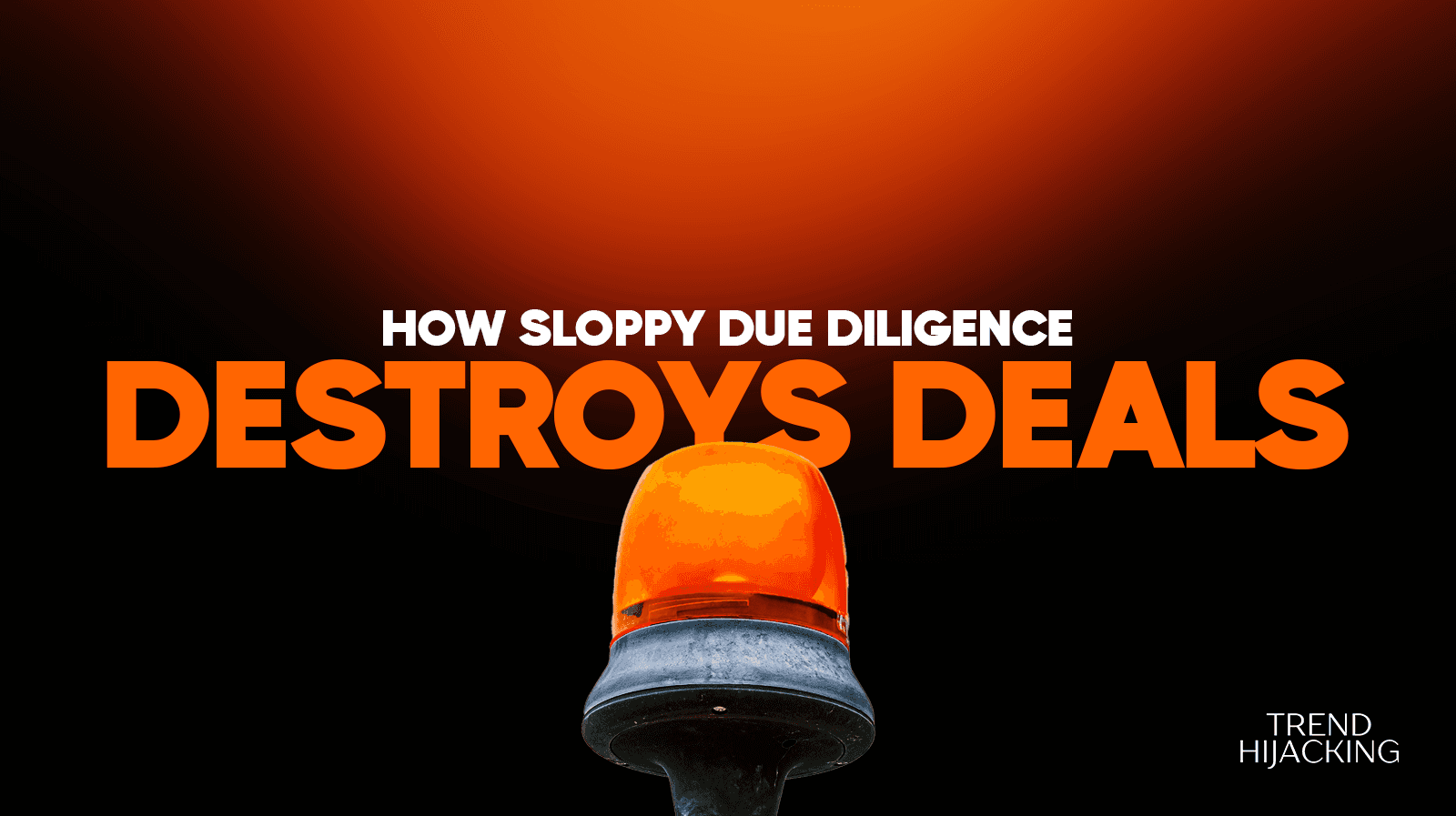Influencers: Where and How to Use Them in Scaling Your E-Com Store
Understanding Influencer Marketing:

Influencer marketing refers to a brand working with an influencer to grow its reach. This means that brands are willing to work with someone with already loyal followers to increase how much of their products, services, or even content gets seen.
The biggest underlying factor of this strategy, that even makes it exist, lies in the name itself, influencer.
An influencer is someone, who because of their authority(could be from their knowledge or experience), can affect the thinking and decision processes of their followers.
This only concerns business owners because these influencers tend to affect the purchasing decisions(out of many others) of people.
New brands with less authority than that of brands like Nike can only ever dream of having this sort of control over their audience.
Nike also uses influencers(Michael Jordan and Ronaldo) in its marketing strategies because they understand the potential if done correctly.
More e-commerce brands are including influencers in their marketing tactics, and the results speak for themselves. Let’s look at the stats so you have a better understanding of the results I’m talking about:
The average business owner sees an ROI of $5.2 for every $1 spent on influencers. The bigger guys are getting about $20 for every dollar they spend.
67% of brands are on Instagram for influencer marketing.
In the last 5 years, about 1360 influencer marketing platforms and agencies have been introduced to the market.
Check out the full stats report here
1360 platforms, in the last 5 years alone, that’s crazy! The trends show that the e-commerce space is heading in this direction and most businesses are jumping on the trend and realizing massive profits.
Instagram and TikTok are not the only platforms where Influencer Marketing is leveraged.
YouTube has also been a major spot for growing revenue with Influencers — otherwise known as YouTube Influencer Marketing.
For one, the videos can be up for years without dying off — unlike Instagram and TikTok, where the algorithm pushes it away.
As a store owner, if you can get a YouTube influencer to promote your product on their videos, that video will keep generating results.
It is timeless.
Plus, there are around 2B active users on YouTube, so the reach is limitless as well.
Now that we’ve talked about all these, you’re probably thinking “Okay, but how do I afford a celebrity for my growing brand”?
An influencer does NOT necessarily have to be a celebrity. Even though a celebrity could be an influencer(given their following), an influencer does NOT have to be a celebrity!
Look at brands like HiSmile, Wear Felicity, and Tula, they do not have Justin Bieber holding up their products in front of a camera.
Could be that he’s not a target influencer(which we’ll go into later), or he may just be too expensive.
Luckily we have smaller influencers whose following may not be as big, but whose reach is just enough to do the job. That’s why you as a brand owner, or dropshipper, need to know how to identify the right influencer to collaborate with. In the next section, I’ll walk you through the process.
We Help You Buy / Build, Manage and Scale E-commerce Brands for an EXIT
E-commerce Simplified for Busy Individuals – We handle the buying, building, and scaling, so you can focus on what matters.
Growth-Focused Strategies – From sourcing to marketing, we drive growth and prepare you for a profitable exit.
Expertly Managed Exits – We build a high-value brand designed for a Lucrative exit.
Identifying the Right Influencers

Now that you have some insights as to why to get going with influencers, let’s talk about how to identify the right influencers to collaborate with.
Just to clarify, celebrities and Influencers are NOT necessarily the same. But now let’s niche down on the term influencer and we have Mega-Influencers and Micro-Influencers.
The difference is quite simple, the former has a very large audience whilst the latter has a way smaller audience.
Micro-influencers usually have a followership ranging from 10k to 40k. I usually recommend micro-influencers because they’re not only cheaper but usually more niched down.
They usually have a deeper connection with their audience as well. Keep that in mind when looking for influencers.
Now let’s look at everything you should factor in when considering getting an influencer to work with you:
Your Target Audience:
You must understand your target audience. This can NOT be over-emphasized!
If you haven’t already, you can get your target audience by looking at your product and identifying the problem it solves. Then make out your avatar of what the ideal buyer of this product will look like. Their age, location, interests preferences, etc.
Niche Relevance:
This is self-explanatory. The influencer you’re looking to collaborate with must post content relevant to your niche. If you sell weight loss stuff, you’re better off with a “fitness bro” than with a finance guy. That’s just how it works. Pretty obvious… duh.
Influencer Persona:
When looking at an influencer, be sure to evaluate their personality. “Do they align with my brand?”, “Are their beliefs outrageous?”, “Do their values align with mine?”, etc. These are things you should ask before getting in touch with an influencer.
Reach and Potential Reach:
It’s also important that you check how big an audience they nurture. Is it big enough or too small, should be the major question you ask here. Also look out for their potential reach, that is, whether they’re likely to grow in the future or not.
Note: You should look out for fake/bought followers on an influencer's profile. It is usually easy to spot by checking their engagement.
Using Influencers on TikTok, Instagram and YouTube

When posting on TikTok and Instagram, you’ll need to test many videos with your influencer to see what works.
When you finally find the winner that escapes scrutiny, you will also want to work on what exactly they post and how regularly as well.
Content on the first 2 platforms also has to be as quick, informative, and catchy as possible.
You can ensure these by making sure your videos have good beginning hooks that’ll keep that scroller finger still for a while, and then the rest of the creative takes its toll. I talk more about organic and creative content here.
Content on YouTube is different — long form.
YouTube influencers have to come up with the right message to promote your product in between their videos and leave their referral code/unique link in their video description.
Some of these influencers are usually knowledgeable of how to use good, captivating hooks and the rest. This will relieve you of a lot of stress as you can give them creative freedom!
Next, we’ll look at how you’ll be working with these influencers.
Working With Influencers in dropshipping
No influencer is going to willingly promote your product unless your offering them some benefits.
You can choose whether or not to pay these influencers per video, every week, or monthly.
However, this may not be your best option; so let’s look at other options most brands are using.
Referral Code: most influencers promoting a product usually have a referral code that they tell you to buy with to get a certain benefit.
The benefit could be an offer by the brand they are promoting, like a discount or free month access to a service.
It will be something like: “If you purchase with the code X, you get Y”
And whenever an influencer gets you a sale with this code, they get paid.
Quite simple isn’t it?
Unique Links: some influencers may not have a referral code, but will be given a special link which they put in their story whenever they promote your product.
Once people buy from their link, they get a benefit, you get a sale.
Let’s look at brands that have scaled massively by using these influencers.
Case Studies: Successful Examples of Brand-Influencer Collaborations
Here are some case studies of stores that have used influencers and realized massive profit and reach.
HiSmile

Wear Felicity

Mr. Beast’s Feastibles
Mr. Beast can be regarded as an influencer, maybe even a celebrity and he used his authority to build his chocolate brand.

Asarai

The list goes on and on. Notice how they all have a pinned video which, most likely, would become an ad for them. Plus I only showed their TikTok handles because that’s what’s booming right now. I talk more about using TikTok here and here.
Conclusion
The collaboration between brands and influencers now stands out as a massive way of achieving success. It is becoming increasingly clear that collaboration is becoming less of an option and more of a strategy for scaling your brand/store.
Seeing the likes of Wear Felicity and Asurai, you now understand that leveraging the authority of an already established individual(influencer) holds a lot of potential and could just be your big break.
If you would like to set up all these and many more on your store to scale as fast as possible, contact me here and my team will get to work in your store.
Before You Go, Let’s Keep in Touch⏬
We Help You Buy / Build, Manage and Scale E-commerce Brands for an EXIT
E-commerce Simplified for Busy Individuals – We handle the buying, building, and scaling, so you can focus on what matters.
Growth-Focused Strategies – From sourcing to marketing, we drive growth and prepare you for a profitable exit.
Expertly Managed Exits – We build a high-value brand designed for a Lucrative exit.
A Done-For-You E-commerce Business
Discover how we Build, Launch, and Scale a 6-figure/month Business for You
Learn more
The 6-Step Blueprint to E-Commerce Acquisition
See how we Acquire, Convert, and Scale with Real Case Studies to Prove It.





















